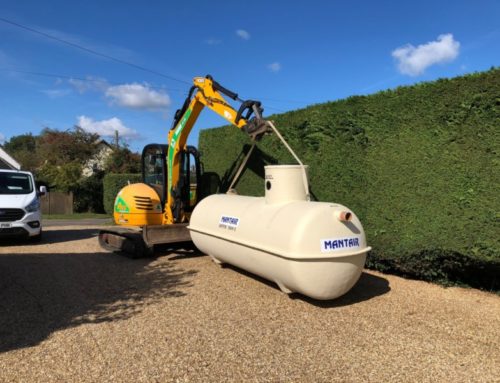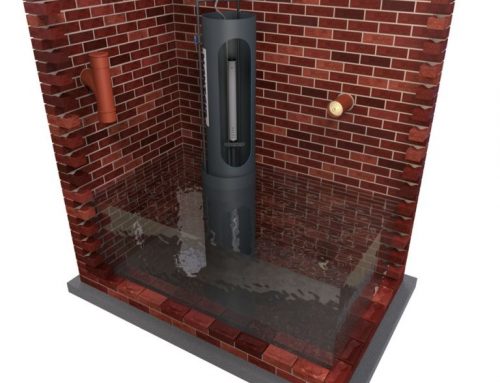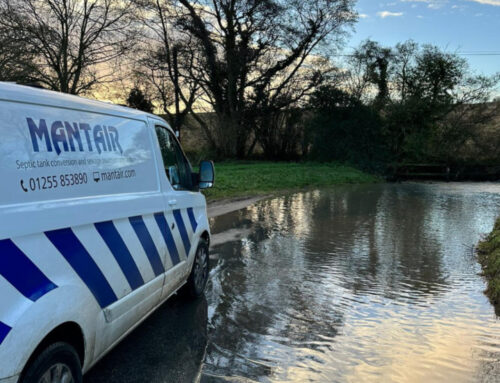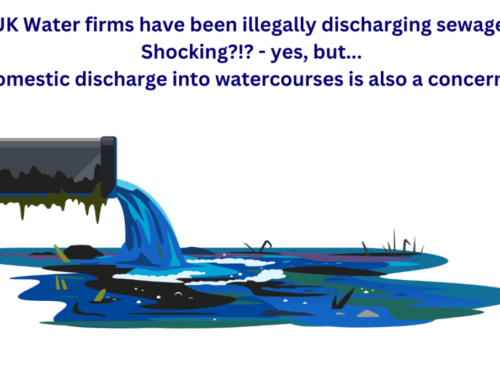Can a Septic Tank Discharge into a Ditch?
The short answer to the above question is no. However, there are still thousands of septic tanks discharging directly to ditches, streams, and rivers throughout parts of the UK. This is often due to these septic tanks being installed when there were less stringent regulations in effect surrounding the usage of septic tank systems.
It is not uncommon to find some contractors who are unfamiliar with septic tank regulations or the pollution caused by these tanks still installing outlet pipes to natural watercourses. This often happens when septic tank problems occur in areas where the ground conditions do not favour a drainage field or soakaway system. As a result, the original soakaway has failed and been extended into a nearby ditch.
Septic tanks do not accomplish the correct standard of sewage treatment to produce an effluent suitable for discharge to either a ditch, stream, river, or any other natural waterway. Septic tanks merely produce partial treatment of sewage and the discharge from these tanks has a high oxygen demand, high ammonia, and high amount of fine sewage particles. The discharge of effluent with a high oxygen demand will cause the natural organisms within a watercourse to attempt to remove that oxygen demand resulting in deoxygenation of the receiving watercourse and consequent septicity. Septicity is when the oxygen content in a watercourse is reduced to zero.
As well as the obvious health and safety issues with the effluent produced from septic tanks, there is also the relevant legislation and regulations surrounding the use of these tanks. In 2015 the Environment Agency and DEFRA introduced new septic tank regulations, which are named as the ‘General Binding Rules.’
The changes to the law under the General Binding Rules state that the operator of a septic tank which discharges direct into surface water or watercourse (such as a ditch, stream, canal or river) must replace or upgrade their septic tank. You’re an operator of a septic tank if you own the property that uses the system, or you own a property that shares the system with other properties – each property owner is an operator, and you’re jointly responsible for complying with the General Binding Rules.
How to determine if my septic tank discharges to a ditch or other watercourse?
The first course of action is to visually inspect any ditches that are located nearby. The obvious signs would be a pipe in the bank of a ditch with grey residue inside the pipe; this being an indication of untreated sewage effluent passing through the pipe. Secondly to check if there is any signs of pollution, foul water, or foul odours. It is also worth running a tap from inside the property for a while and check if there is any movement within any nearby ditches. There is also the option of conducting a dye test, whereby a coloured dye is used to trace the effluent leaving a septic tank.
If it is your intention to identify if a septic tank discharges into a ditch, then you must ensure you take the correct health and safety precautions as it is proven that Covid-19 (coronavirus) has been found in faecal samples. In a recent study of coronavirus patients in China, over half of patient’s faecal samples remained positive for Covid-19 for an average of 11·2 days.
What are the options if my septic tank discharges into a ditch or other watercourse?
- Construct a new drainage field (soakaway) and connect this to the outlet of the septic tank with the existing pipework connection to the ditch being sealed. This option would require percolation tests (ground tests) to be conducted to ascertain if the ground is suitable, and if so, the size of drainage field required.
- Install a Mantair septic tank conversion unit inside the existing tank, effectively ‘converting’ the tank into a small sewage treatment plant producing a treated effluent acceptable for discharge into a ditch, stream, or other watercourse. Click here for further information
- Replace the existing septic tank with a complete packaged sewage treatment plant. Click here for further information
With all these options it will be necessary to apply and obtain Building Regulations approval, and for option 2 it is also necessary to obtain an Environmental Permit.
From a cost perspective, option 2 is normally a more economical solution whilst option 3 is the costliest. The costs associated with option 1 will mainly depend on the size of drainage field required, and in some instances this option is not viable due to the ground conditions being unsuitable or insufficient land being available.
What to do next?
If your septic tank discharges into a ditch or you require assistance with any septic tank issue, our friendly team are here to help and provide free impartial advice. For over three decades we have assisted home and business owners in all matters connected to septic tank problems and other off mains drainage systems. We not only have the experience and expertise to carry-out detailed inspections of all off mains drainage systems but also are manufacturers, installers, and service providers for these systems.
Whether you’re looking for advice regarding a discharge from a septic tank or replacing an existing one, contact us today either by calling 01255 853890 or contact us online.




